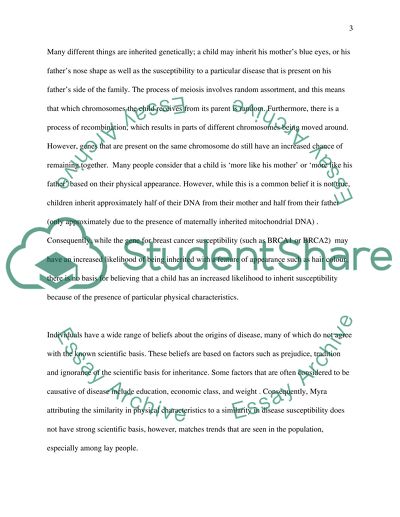Cite this document
(“GENETICS Essay Example | Topics and Well Written Essays - 3500 words”, n.d.)
Retrieved from https://studentshare.org/nursing/1394771-genetics
Retrieved from https://studentshare.org/nursing/1394771-genetics
(GENETICS Essay Example | Topics and Well Written Essays - 3500 Words)
https://studentshare.org/nursing/1394771-genetics.
https://studentshare.org/nursing/1394771-genetics.
“GENETICS Essay Example | Topics and Well Written Essays - 3500 Words”, n.d. https://studentshare.org/nursing/1394771-genetics.


